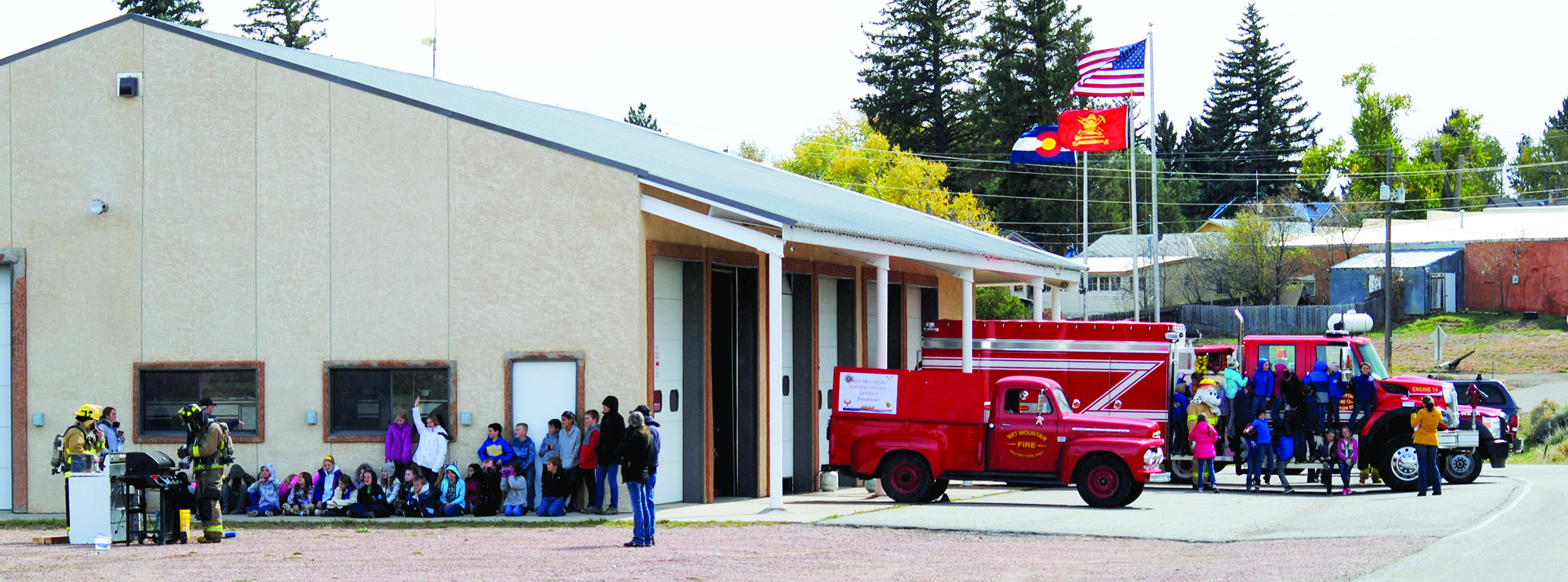The world is becoming more and more complex with each passing year, and the problems with this growing complexity
But it’s not the number of laws and amendments that is the main issue for Colorado citizens, it’s how the laws interact with each other; with each additional law, the work involved to mesh it into legal code grows exponentially.
Locally, adhering to the law for local government districts is becoming increasingly difficult to accomplish and often, laws keep districts from speaking clearly and openly to citizens.
The best/worst example of clear communication is the recent mill levy increase that the fire district is asking voters to approve. But this is not a tax increase in any real sense; it is a mill levy increase to stem the financial bleeding that automatically takes place in Custer County every two years.
What the fire district is not allowed to tell voters is exactly what is happening. However, I am under no such law.
Next year, the residential property tax assessment rate will drop by an estimated 15 percent. The rate will fall from a current 7.2 mill levy rate to 6.1. For the Custer County fire district, that will mean a loss of about $58,000 and bringing the total budget to around $300,000 in total funding. But that’s not even the whole story.
Since 2017, the fire district has lost 23 percent of its budget during a time when Custer County is the fastest growing county in Colorado. Let that sink in for a second. Because of Colorado Constitutional amendments, the larger Colorado grows, the less money local governments receive.
What the fire district is really asking voters with its proposed
But they are not allowed to explain why they need to ask for this increase. The Tax Payer Bill of Rights (TABOR) amendment to the Colorado constitution forbids districts from saying anything other than that this is a tax increase. In real dollars, this is a tax maintenance at best.
What’s even more worrisome is that by 2021, if Colorado keeps growing, the local tax districts will again be faced with another 20 percent cut in taxes.
And the fire district is not alone; every tax district in Custer County, 11 of them, have lost the same percentage to their budgets, and face the same future loss as well.
All of these problems come from the unintended consequences of the 1982 Gallagher Amendment and the 1992 TABOR Amendment. Proponents of each Amendment at the time were doing the best they could for their beliefs, and wanted to see homeowners protected from property taxes in the Gallagher Amendment; and that all increases in taxes had to be voted on by the public with the TABOR Amendment.
But a third of a century later, these two complex laws have created a downward spiral of government tax cuts that cannot be stopped. And not only can they not be stopped, but the boards of these government services also cannot explain what is going on honestly with taxpayers when they need to raise the mill levy.
Of course, having a government that does not needlessly waste tax monies is a good thing, but in Colorado, there is a possibility that we are now facing the prospect of government services not being able to fulfill their missions. Fire trucks cannot run, hospitals cannot care, libraries cannot lend.
There is a difference between lean government services and no government services at all. We are getting very close to seeing what happens when government services shut down.
– Jordan Hedberg

